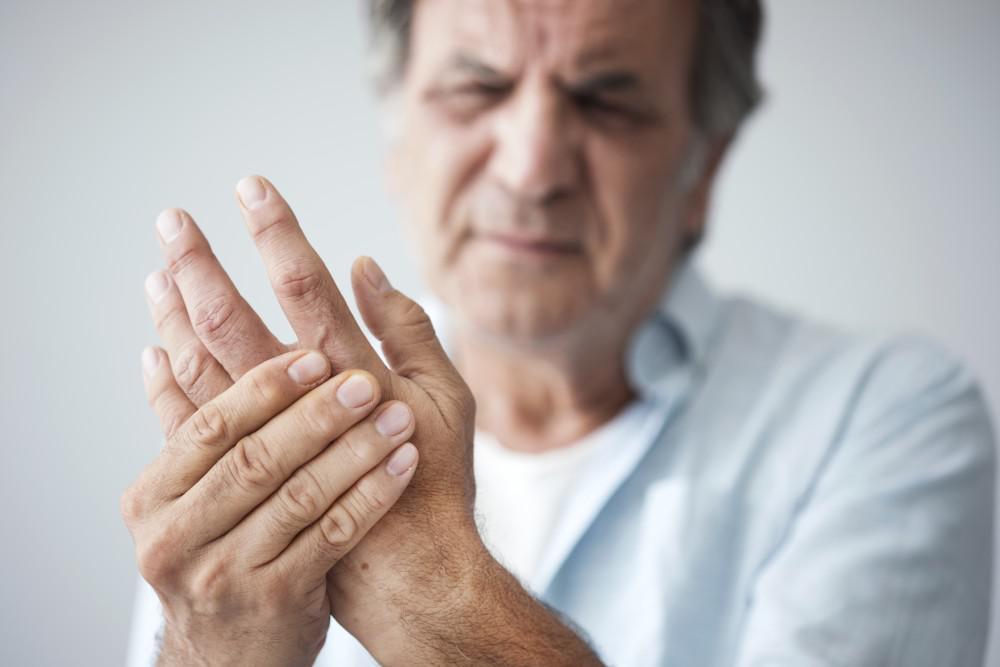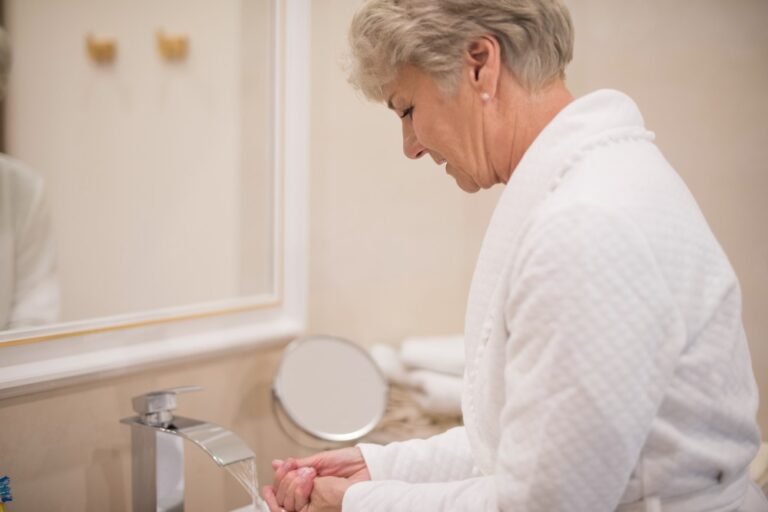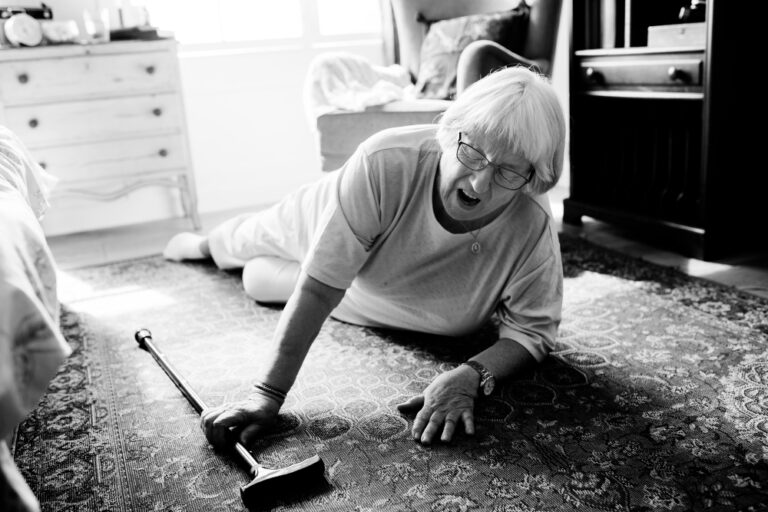Table of Contents
- What is Arthritis?
- Conclusion
Arthritis is a condition that affects millions of seniors around the world. It can cause debilitating pain, stiffness, and discomfort, impacting the quality of life and making daily tasks more difficult. Understanding arthritis, especially its various types, can help caregivers and family members provide better care and support for elderly loved ones. This comprehensive guide will explore the three most common types of arthritis, including osteoarthritis, rheumatoid arthritis, and psoriatic arthritis, and offer insights into managing the symptoms and improving overall well-being.
What is Arthritis?
Arthritis is a broad term that refers to more than 100 different joint diseases and conditions that cause inflammation in one or more joints. The most common symptoms of arthritis include joint pain, swelling, stiffness, and a reduced range of motion. While arthritis can affect people of all ages, it is more prevalent among older adults, with some types being particularly common in seniors.
The pain associated with arthritis can vary significantly. For some, it comes and goes, while others experience chronic, persistent pain. The severity of the symptoms depends on the type of arthritis, as well as the individual’s health and activity levels. Understanding the specific type of arthritis affecting your elderly loved one is crucial for proper management and treatment. Let’s explore the three most common forms of arthritis in detail.
1. Osteoarthritis: The Most Prevalent Type of Arthritis
Osteoarthritis (OA) is the most common form of arthritis among seniors, often referred to as the “wear-and-tear” arthritis. It develops when the protective cartilage that cushions the ends of bones in the joints gradually breaks down. As the cartilage deteriorates, bones rub against each other, causing pain, swelling, and stiffness. Over time, osteoarthritis can lead to decreased mobility, making it difficult for seniors to perform everyday tasks.
Causes of Osteoarthritis:
Osteoarthritis occurs due to the breakdown of cartilage over time. While age is the primary risk factor, other contributing factors include:
- Repetitive Joint Use: Years of physical activity, particularly movements that stress certain joints, can wear down cartilage.
- Injury: Joint injuries from sports, accidents, or overuse can increase the risk of developing OA later in life.
- Genetics: A family history of osteoarthritis can make someone more susceptible.
- Obesity: Extra body weight adds pressure to weight-bearing joints like the knees, hips, and spine, accelerating cartilage wear and tear.
Symptoms of Osteoarthritis:
- Joint pain that worsens with activity and eases with rest
- Stiffness in the joints, especially after periods of inactivity or upon waking
- Swelling around the affected joints
- Decreased flexibility and limited range of motion
- A grating sensation when moving the joint
Diagnosing and Treating Osteoarthritis:
Osteoarthritis is typically diagnosed through a combination of physical examinations, patient history, and imaging tests like X-rays or MRI scans. Once diagnosed, treatment focuses on managing symptoms, improving joint function, and slowing the disease’s progression. Common treatment options include:
- Pain-relief medications, such as acetaminophen or nonsteroidal anti-inflammatory drugs (NSAIDs)
- Physical therapy to strengthen muscles around the joints and improve flexibility
- Weight management to reduce stress on the joints
- Exercise programs tailored to improve joint mobility without causing additional strain
- Assistive devices like braces, canes, or shoe inserts to relieve pressure on the joints
For seniors with severe osteoarthritis, surgical options like joint replacement may be recommended. However, most cases can be managed effectively through non-surgical treatments and lifestyle modifications.
2. Rheumatoid Arthritis: A Painful Autoimmune Disorder
Rheumatoid arthritis (RA) is a chronic autoimmune disorder that occurs when the immune system mistakenly attacks healthy tissues in the joints. This causes inflammation in the joint lining (synovium), leading to pain, swelling, and potential joint damage. Unlike osteoarthritis, which is primarily caused by wear and tear, rheumatoid arthritis involves the body’s immune response, making it a systemic condition that can affect other organs, including the heart, lungs, and blood vessels.
Causes of Rheumatoid Arthritis:
The exact cause of RA is not fully understood, but it is believed to be a combination of genetic and environmental factors. Common risk factors include:
- Genetics: People with a family history of RA are more likely to develop the condition.
- Gender: Women are more likely than men to develop rheumatoid arthritis.
- Smoking: Smoking increases the risk of developing RA and can make the disease worse.
- Age: While RA can occur at any age, it is most common in older adults.
Symptoms of Rheumatoid Arthritis:
- Painful, swollen joints, particularly in the hands, wrists, and knees
- Symmetrical joint involvement, meaning both sides of the body are affected equally
- Morning stiffness lasting for 30 minutes or more
- Fatigue, fever, and weight loss
- Joint deformities and damage if left untreated
Rheumatoid arthritis often affects smaller joints first, such as those in the fingers and toes, before spreading to larger joints. The inflammation caused by RA can also lead to joint deformities over time, making early diagnosis and treatment critical.
Diagnosing and Treating Rheumatoid Arthritis:
Rheumatoid arthritis is diagnosed through blood tests, imaging tests, and physical exams. Blood tests may show elevated levels of inflammatory markers, such as C-reactive protein (CRP) or rheumatoid factor (RF). Once diagnosed, treatment aims to reduce inflammation, manage pain, and prevent joint damage. Common treatments include:
- Disease-modifying antirheumatic drugs (DMARDs) to slow disease progression
- Biologic agents, which target specific parts of the immune system involved in inflammation
- NSAIDs and corticosteroids to manage pain and inflammation
- Physical therapy to maintain joint flexibility and strength
- Surgical options, such as joint replacement, for severe cases
Living with rheumatoid arthritis can be challenging, but with proper management, seniors can maintain a good quality of life. Early intervention and a tailored treatment plan are essential to preventing long-term joint damage and improving mobility.
Learn More: Key Facts about breast cancer
3. Psoriatic Arthritis: An Inflammatory Condition Linked to Psoriasis
Psoriatic arthritis (PsA) is a form of arthritis that affects some people who have psoriasis, a chronic skin condition characterized by red, scaly patches. PsA causes joint inflammation and pain, often affecting the fingers, toes, knees, and ankles. Like rheumatoid arthritis, psoriatic arthritis is an autoimmune disorder, meaning the body’s immune system mistakenly attacks healthy joint tissues.
Causes of Psoriatic Arthritis:
The exact cause of psoriatic arthritis is unknown, but genetic and environmental factors are believed to play a role. Some factors that increase the risk of developing PsA include:
- Having psoriasis: Up to 30% of people with psoriasis develop psoriatic arthritis.
- Family history: Psoriatic arthritis tends to run in families.
- Age: PsA is more common in adults between 30 and 50, but it can affect seniors as well.
Symptoms of Psoriatic Arthritis:
- Joint pain and stiffness in the fingers, toes, knees, and ankles
- Swelling of the fingers and toes, sometimes called “sausage digits”
- Red, scaly skin patches (psoriasis) on the elbows, knees, scalp, or other areas
- Nail changes, such as pitting or separation from the nail bed
- Fatigue and reduced range of motion in the affected joints
Psoriatic arthritis can range from mild to severe, and in some cases, it can cause permanent joint damage if left untreated.
Diagnosing and Treating Psoriatic Arthritis:
Psoriatic arthritis is diagnosed through a combination of medical history, physical exams, blood tests, and imaging. X-rays or MRI scans may be used to assess joint damage. Treatment options for PsA are similar to those for other inflammatory arthritis types and may include:
- DMARDs to slow disease progression
- Biologic agents targeting specific immune responses
- NSAIDs and corticosteroids for pain and inflammation relief
- Physical therapy to improve joint function and flexibility
- Lifestyle changes, such as weight management and exercise, to reduce strain on the joints
Because PsA affects both the skin and joints, it’s essential to work with healthcare providers who can address both aspects of the condition. Managing psoriasis symptoms, along with joint inflammation, can help seniors live more comfortably and maintain their mobility.
Learn More: What to Know About Anxiety in Older Adults
Other Types of Arthritis Affecting Seniors
While osteoarthritis, rheumatoid arthritis, and psoriatic arthritis are the most common types affecting seniors, other forms of arthritis can also cause pain and discomfort in the elderly. These include:
- Ankylosing Spondylitis: This type of arthritis primarily affects the spine, causing inflammation in the vertebrae. It can lead to chronic pain and stiffness, particularly in the lower back.
- Gout: Gout is caused by the buildup of uric acid crystals in the joints, leading to sudden, severe pain, often in the big toe. Gout attacks can come on quickly and cause intense pain and swelling.
- Lupus: Lupus is an autoimmune disease that can affect multiple organs, including the joints. Lupus-related arthritis often causes pain, swelling, and stiffness in the joints, particularly in the hands and wrists.
Conclusion
Understanding the different types of arthritis can help caregivers and family members provide better support for elderly loved ones. Whether it’s osteoarthritis, rheumatoid arthritis, or psoriatic arthritis, knowing the symptoms and treatment options is key to managing pain and improving overall well-being. If your loved one is struggling with arthritis, reach out to From The Heart Home Care for expert guidance and personalized care.







